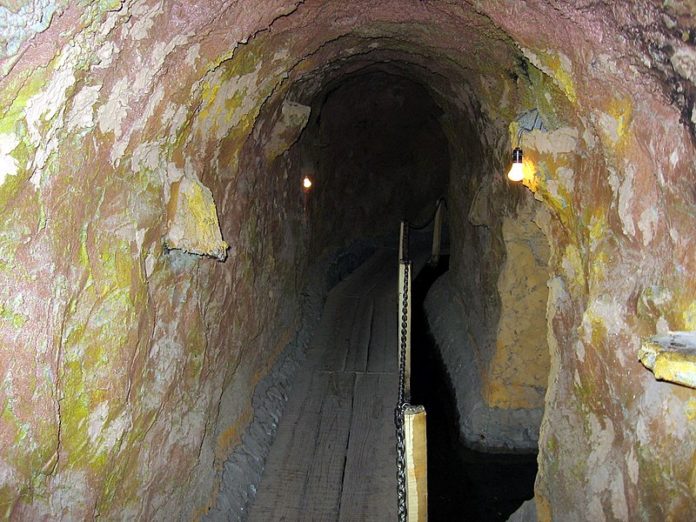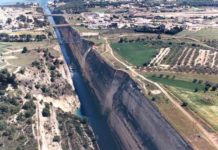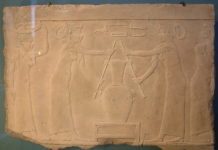Approximately 3000 years ago, clever technicians in the Middle East developed a method for moving water that was reliable, ecologically sound, pollution-free, long-lasting and so practical that the technology quickly spread all over the globe.
The problem these early engineers set out to solve was one that humanity has had to struggle with during its entire history: how to get water from where it’s found to where it’s needed. The simplest solution, of course is for people to walk to the nearest river and carry the water back home.
A better solution is to dig a channel or build an aqueduct from the source to the village. This is an easy matter if the source is a spring or river located higher than the village, but often it’s not the case. All too frequently the water is under the ground and the village is far away. This is the problem ancient technicians—perhaps Persian, perhaps Armenian—tried to solve millennia ago.
The Deadly Tunnel: Underground Aqueducts
Their solution was to construct an underground tunnel, called a qanat in Persian and Arabic, through which water from the bottom of a mother well could slowly run downhill to a village that needed it. The qanat, also known as a kerez, foggara or falaj, was barely the width of a man’s shoulders and barely high enough for him to stand up in. To dig it, a straight line was marked on the surface and shafts about two feet wide were dug at regular intervals to a carefully calculated depth.
Step by step, all the shafts were joined underground until the tunnel reached the mother well. In theory, water would be temporarily removed from the well so the last section of the qanat could tap the water table at this depth. The fact that this last step was dangerous indeed is confirmed by the nickname given to this tunnel by Persian qanat builders: the murderer.
Clean Water for Centuries
Once water begins to flow through the qanat (on a gradient of less than 2% to minimize erosion), the vertical holes are sealed with capstones to prevent pollution and local people can expect a constant supply of water literally for hundreds of years. Unlike modern pumps, qanats cannot drain aquifers and throw the local ecology into chaos. In addition, qanats operate with no other source of energy but gravity.
Qanats around the World
Three thousand years ago, this technology spread both east and west of where it had begun. The Chinese adopted it and still use it today. It flashed all across the Middle East and northern Africa, where it was found to be the perfect solution for moving water under arid conditions. The Romans employed qanats where their trade-mark aqueducts could not do the job and Spaniards carried the technology to the Americas.
Modern-day Iran still has over 20,000 qanats operating right now and until recently, qanats provided the entire water supply for Teheran, the capital.
The role of qanats in the development of colonial Mexico, Peru and other countries of Latin America is still under investigation. Mexican historians, for example, had no idea that over eight kilometers of qanats provided a year-round source of water for the haciendas which eventually grew into the modern city of Guadalajara.
In the arid plains of Zacatecas in northern Mexico, investigators recently found a small town whose only source of water was a qanat. The exit of the tunnel was gated and locked and all of the entrance shafts had well-maintained brickwork protecting them.
The importance of the qanat was obviously recognized, but the oldest inhabitants of the pueblito of Cedros had no idea who had built their precious underground aqueduct nor how old it was. Least of all did they suspect that they owed their water supply to technology that had made its way to them from somewhere in ancient Persia, 13,000 kilometers away.








